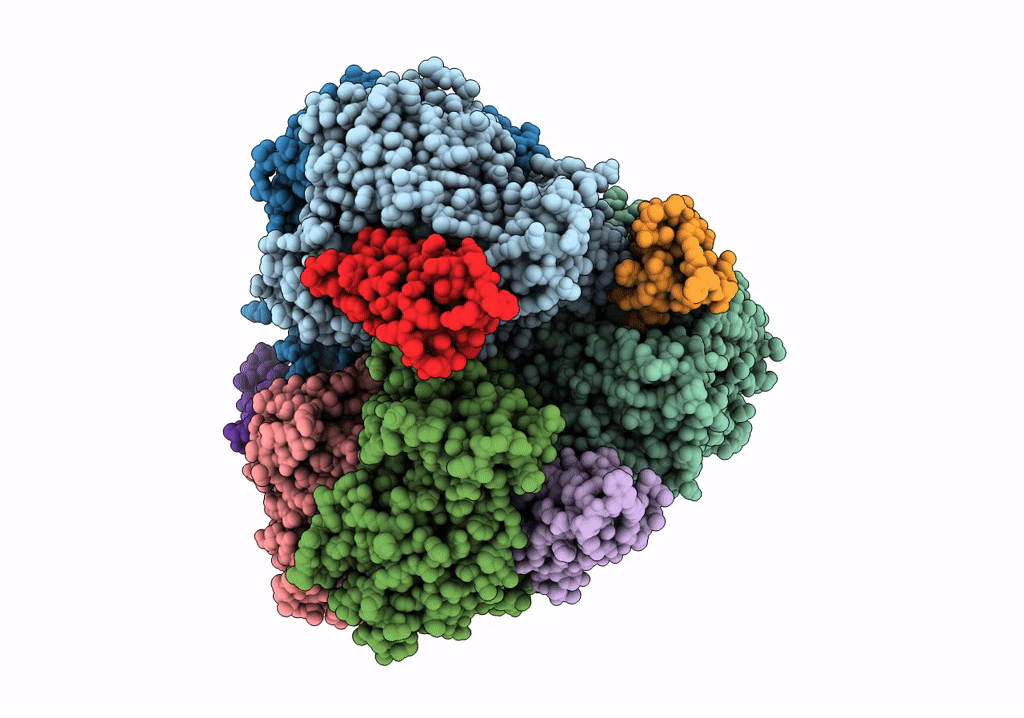
Deposition Date
2022-03-03
Release Date
2022-08-31
Last Version Date
2024-11-06
Entry Detail
PDB ID:
7U65
Keywords:
Title:
Structure of E. coli dGTPase bound to T7 bacteriophage protein Gp1.2
Biological Source:
Source Organism:
Escherichia coli str. K-12 substr. MG1655 (Taxon ID: 511145)
Escherichia phage T7 (Taxon ID: 10760)
Escherichia phage T7 (Taxon ID: 10760)
Host Organism:
Method Details:
Experimental Method:
Resolution:
2.80 Å
Aggregation State:
PARTICLE
Reconstruction Method:
SINGLE PARTICLE


